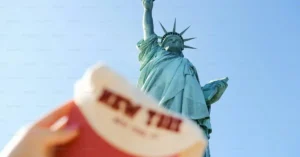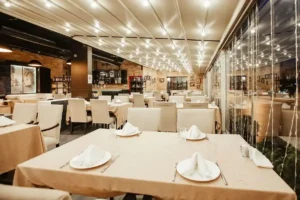The Stripe: A Versatile Symbol of Style, Power, and Identity
Stripes have been an integral part of design, fashion, and symbolism for centuries. Whether in clothing, branding, or architecture, “the stripe” holds deep cultural and aesthetic significance. This simple yet dynamic pattern conveys movement, authority, and identity across various fields, from sports jerseys to military insignia and corporate branding.
A Historical Perspective on Stripes
The use of stripes dates back to ancient civilizations. In medieval Europe, striped clothing was often associated with outcasts and rebels, as the pattern was considered unusual and disruptive. However, in the 18th and 19th centuries, stripes took on a new meaning. The French Navy introduced the iconic “Breton stripe” in 1858 as part of the official uniform for sailors, making it a symbol of maritime heritage.
Stripes have also played a crucial role in heraldry and military insignia. Rank in the armed forces is often denoted by chevrons and bars, which are essentially stylized stripes, symbolizing hierarchy and command.
The Stripe in Fashion and Branding
Stripes are a mainstay in the fashion industry. Designers like Coco Chanel popularized the Breton stripe in high fashion, and brands such as Adidas have turned the stripe into a recognizable global trademark. In the world of branding, the stripe is used to communicate sleekness, modernity, and authority. Companies like IBM and FedEx incorporate stripes in their logos to suggest motion and efficiency.
The Psychological Impact of Stripes
The stripe is not just visually appealing; it also has psychological effects. Vertical stripes create an illusion of height and authority, making them popular in formal wear. Meanwhile, horizontal stripes convey stability and approachability, often in casual fashion and interior design.
Stripes in Contemporary Culture
In contemporary culture, stripes are everywhere—from sports uniforms and streetwear to home décor and automotive design. The racing stripe, for instance, has become synonymous with speed and performance in the automotive industry. Similarly, in art and architecture, stripes are used to create optical illusions and dynamic compositions.
Conclusion
The stripe is far more than a simple pattern; it is a powerful symbol transcending time and disciplines. Whether in historical traditions, modern branding, or everyday fashion, stripes continue to make a statement, proving their versatility and lasting impact on society. See more The Stripes Blog











